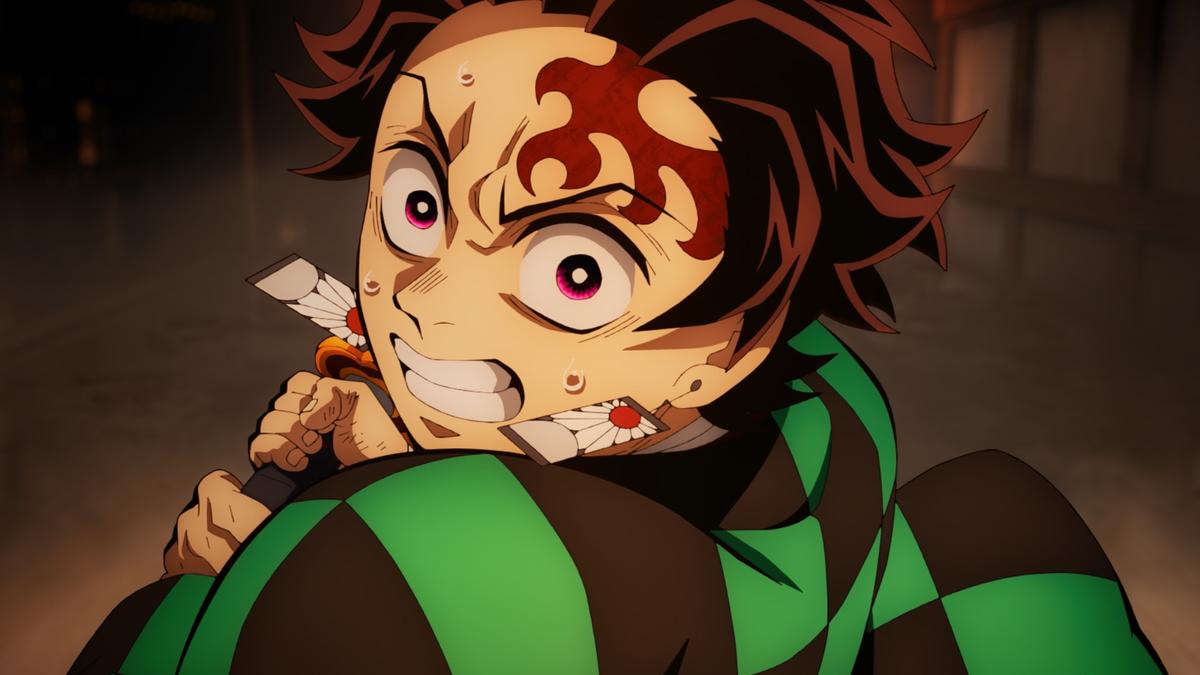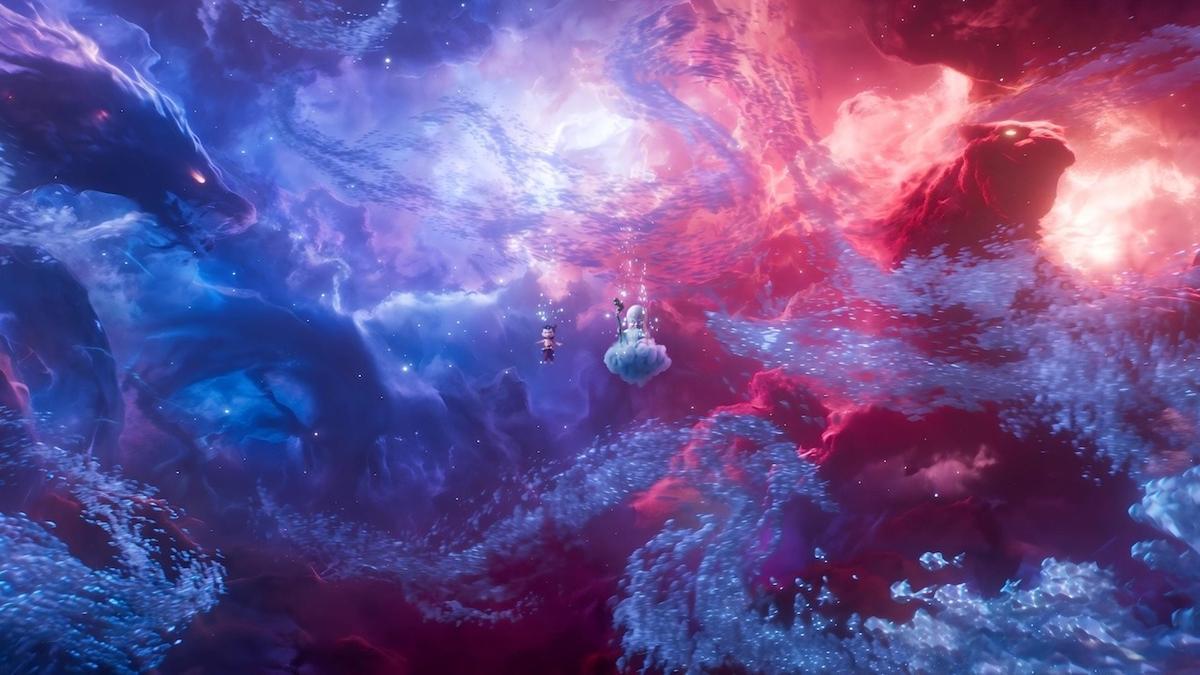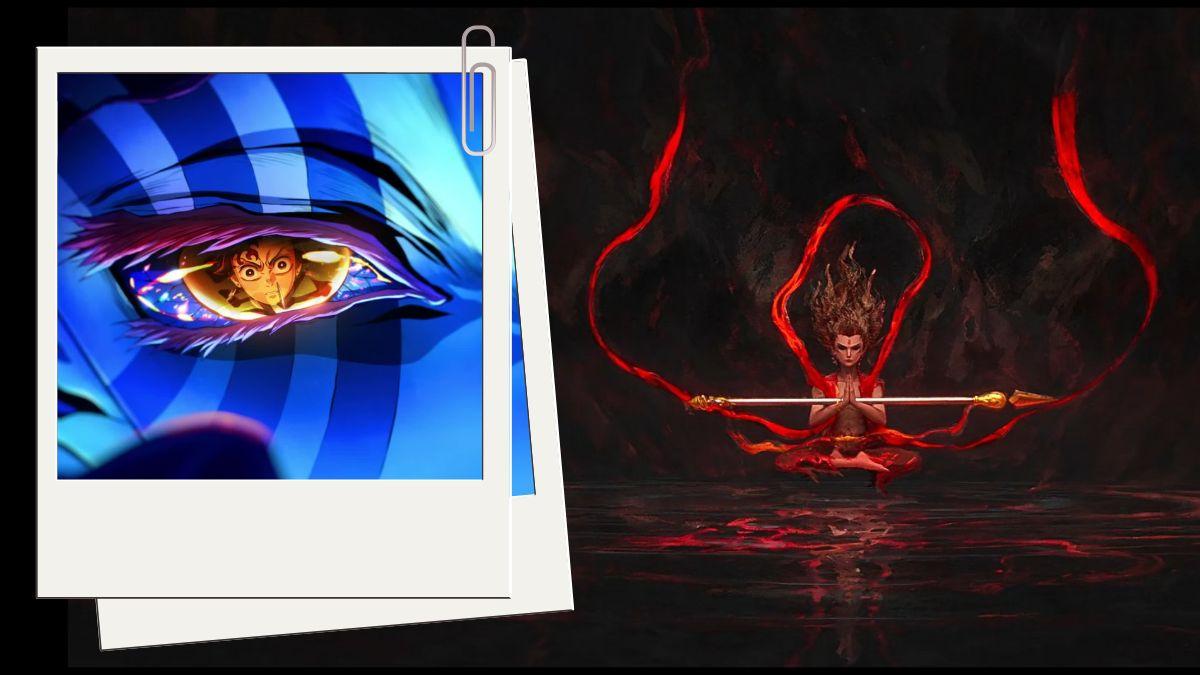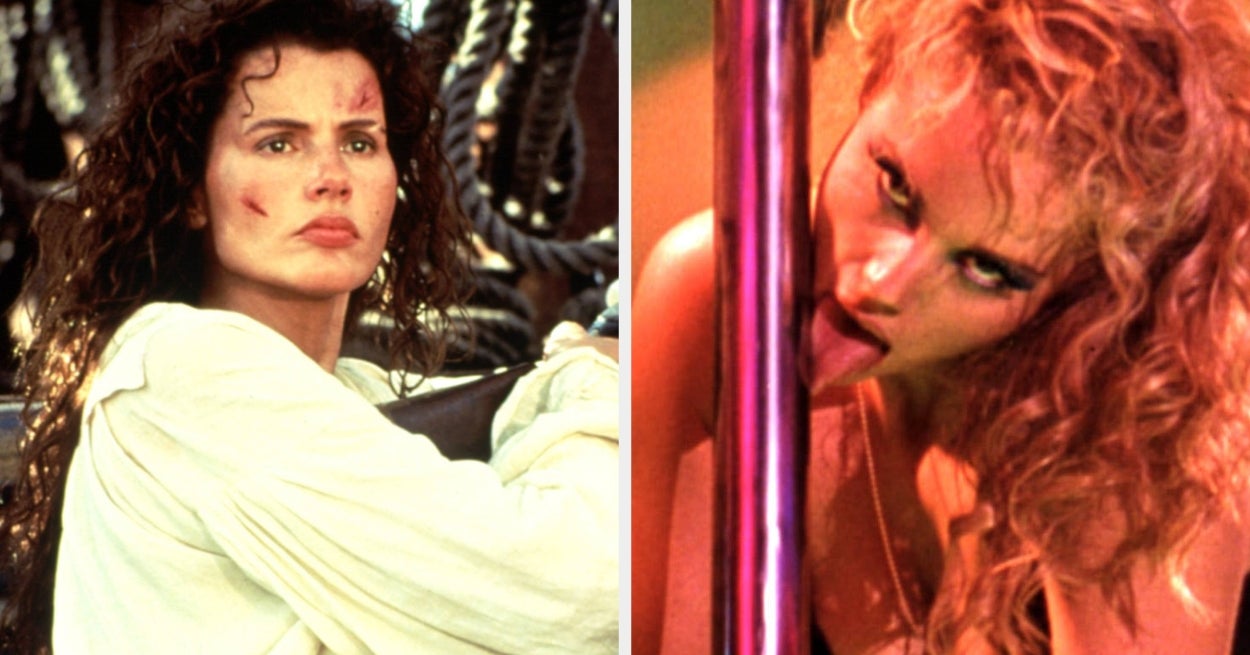
Stills from ‘Demon Slayer: Infinity Castle’ and ‘Ne Zha 2’
| Photo Credit: Sony Pictures/ Crunchyroll, Beijing Enlight Pictures
Anime has been increasingly flirting with big-screen offerings of late, but few titles have bent the medium into mainstream like Demon Slayer
This week, a double blitzkreig of animation from Asia has knocked Western animation off its gilded pedestal. Demon Slayer: Infinity Castle (now in theatres) and Ne Zha 2 (available for purchase on Apple TV), our chosen titles, have echoed far beyond their home turf. Taken together, the two have sketched out a new cartography of myth and spectacle that has started to redraw the very borders of who gets to claim the future of animation.

Drawing board
Anime has been increasingly flirting with big-screen offerings of late, but few titles have bent the medium into mainstream like Demon Slayer. Koyoharu Gotouge’s 2016 manga quickly became a juggernaut, boosted by veteran studio Ufotable’s unfathomably fluid animation and the global breakout of its predecessor, Mugen Train in 2020 — currently the highest-grossing anime film of all time. Now comes Infinity Castle, the first of three films adapting the manga’s climactic arc.

At 155 minutes, it’s hardly shy about its ambition. The Demon Slayer Corps plunge into the series’ final big-bad’s fortress — a surreal Escher-like labyrinth that rearranges itself mid-battle like a cosmic Rubik’s cube. The spectacle is unmistakably Ufotable, with blades etching light trails across collapsing geometry and elemental duels flowing like choreographed storms. But the franchise is also sustained through its emotional ballast. In true shounen fashion, every fight doubles as an elegiac act of retribution that somehow makes us empathise with the worst of the worst.

A still from ‘Demon Slayer: Infinity Castle’
| Photo Credit:
Sony Pictures/ Crunchyroll
Admirers of the Infinity Castle’s architecture would recall the fantastical landscapes of Tarsem Singh’s The Fall (2006). The operatic violence also finds kinship with the proto-anime storyboarding of the iconic corridor fight sequence in Park Chan-wook’s Oldboy (2003). Even on the anime side, lesser-seen gems like the Monogatari seriesand Ufotable’s own Fate series, twist memory and combat into something just as lyrical.
Foreign affairs
Across the East China Sea, another animated epic has also been laying siege to the global box office. Ne Zha 2, the sequel to Jiaozi’s 2019 surprise hit, is already one of the highest-grossing films ever made.

The story hails from Investiture of the Gods, a Ming dynasty classic that has supplied centuries of Chinese folklore. Here, the titular demon child born of a lotus, is bound to his dragon rival Ao Bing — the two sharing a body in a supernatural odd-couple arrangement. The mythology is baroque, but the heartbeat is brimming with love, loyalty, and rebellion against celestial overlords who look suspiciously like stand-ins for certain colonial rival states. That melange of sacred grandeur and potty-mouthed vulgarity is precisely what gives the film its manic charm.
Culturally, it’s also a declaration. For decades, Chinese animation struggled to define itself between the polish of Disney and the eclipsing influence of anime. Jiaozi tosses both into the blender unrepentantly, creating a gaudy, gorgeous spectacle that has asserted a new identity for donghua.

A still from ‘Ne Zha 2’
| Photo Credit:
Beijing Enlight Pictures
Fans of seasoned Chinese auteur Zhang Yimou’s Hero (2002) and Shadow (2018) will relish Ne Zha’s wuxia splendour, complemented by Tsui Hark’s same delirious brand of neon excess in Zu: Warriors from the Magic Mountain (1983). And if you’re curious about earlier Ne Zha incarnations, the 1979 Ne Zha Conquers the Dragon King is a great blueprint.
Together, Infinity Castle and Ne Zha 2 point towards an inflection point. Despite the long, contentious history between Japan and China, the two have been exporting their myths at blockbuster scale, by uniting against the hegemonic global standards of western animation. So while Hollywood frets over whether its animated mascots should sing, cry, or sell merchandise, the East is busy building cathedrals of myth that make the mouse look like a rodent in headlights.
Ctrl+Alt+Cinema is a fortnightly column that brings you handpicked gems from the boundless offerings of world cinema and anime.
Published – September 19, 2025 04:34 pm IST



